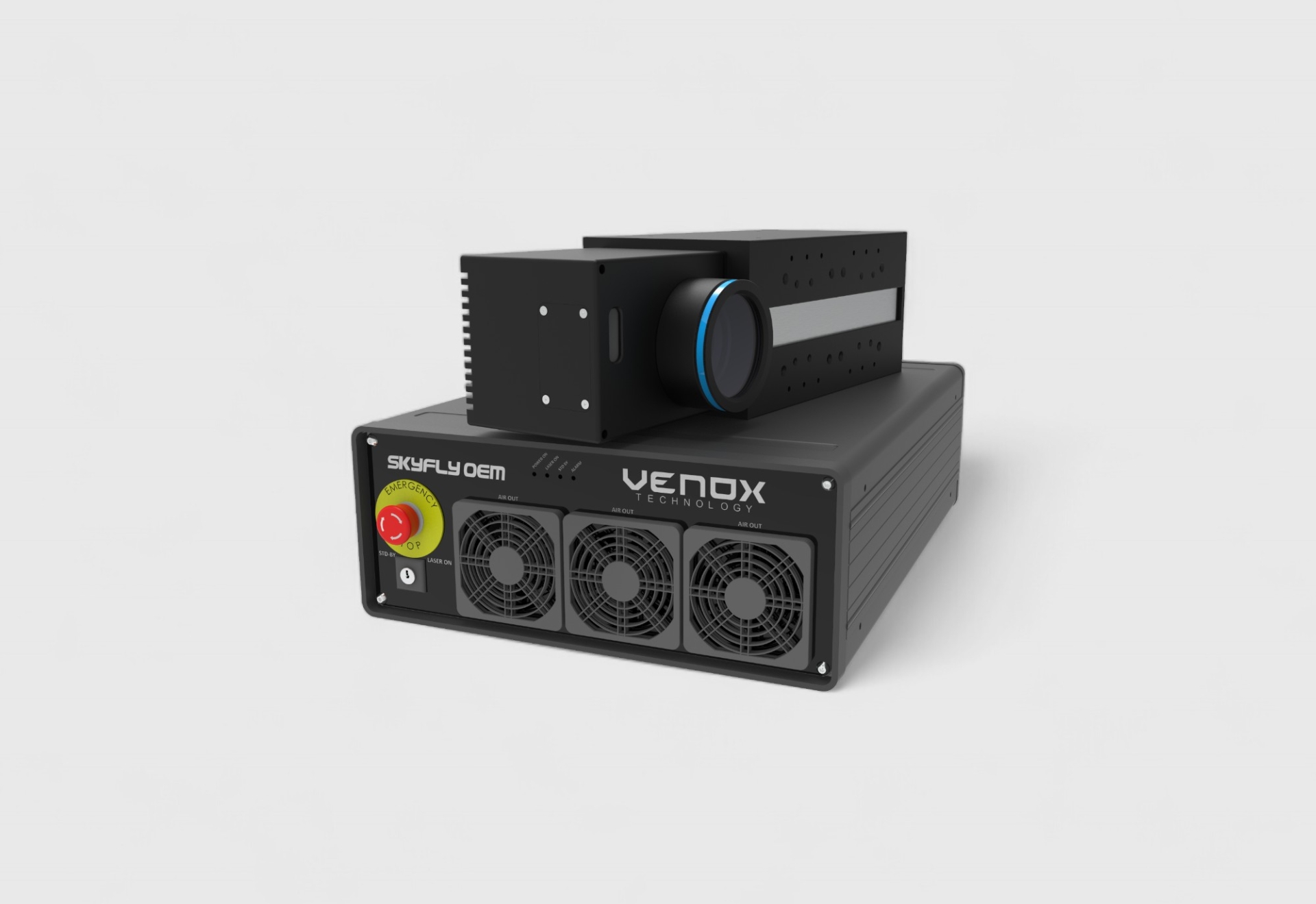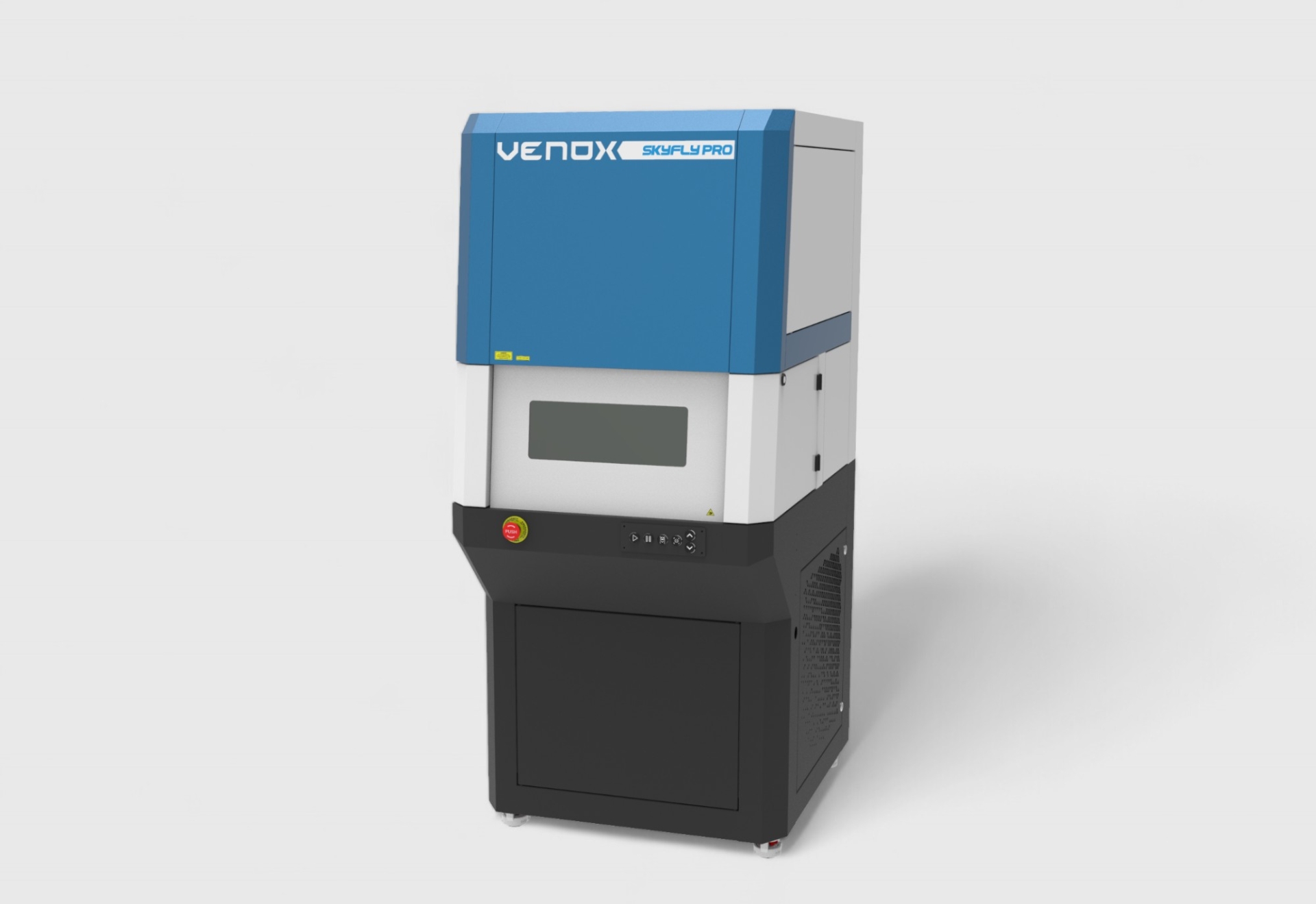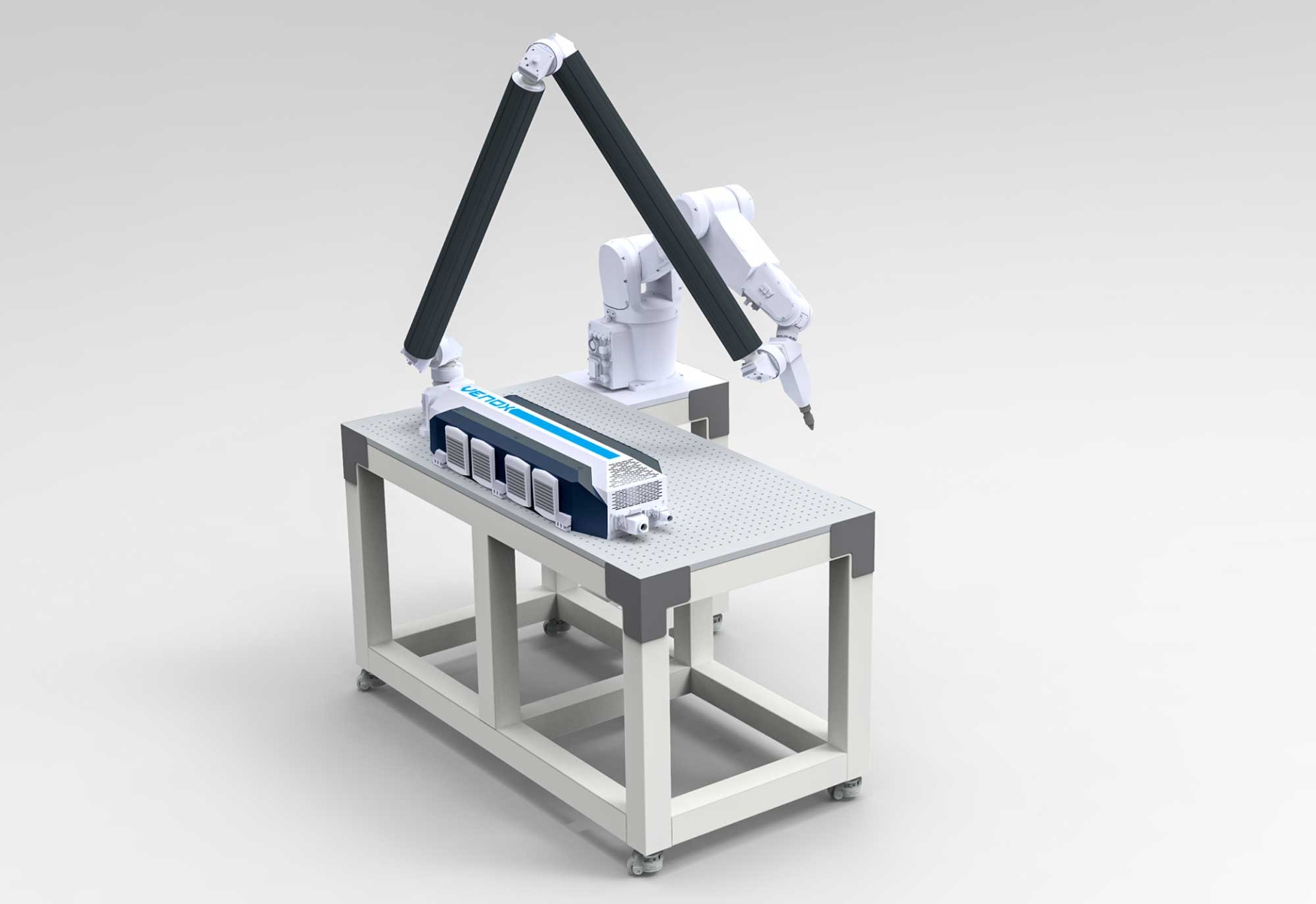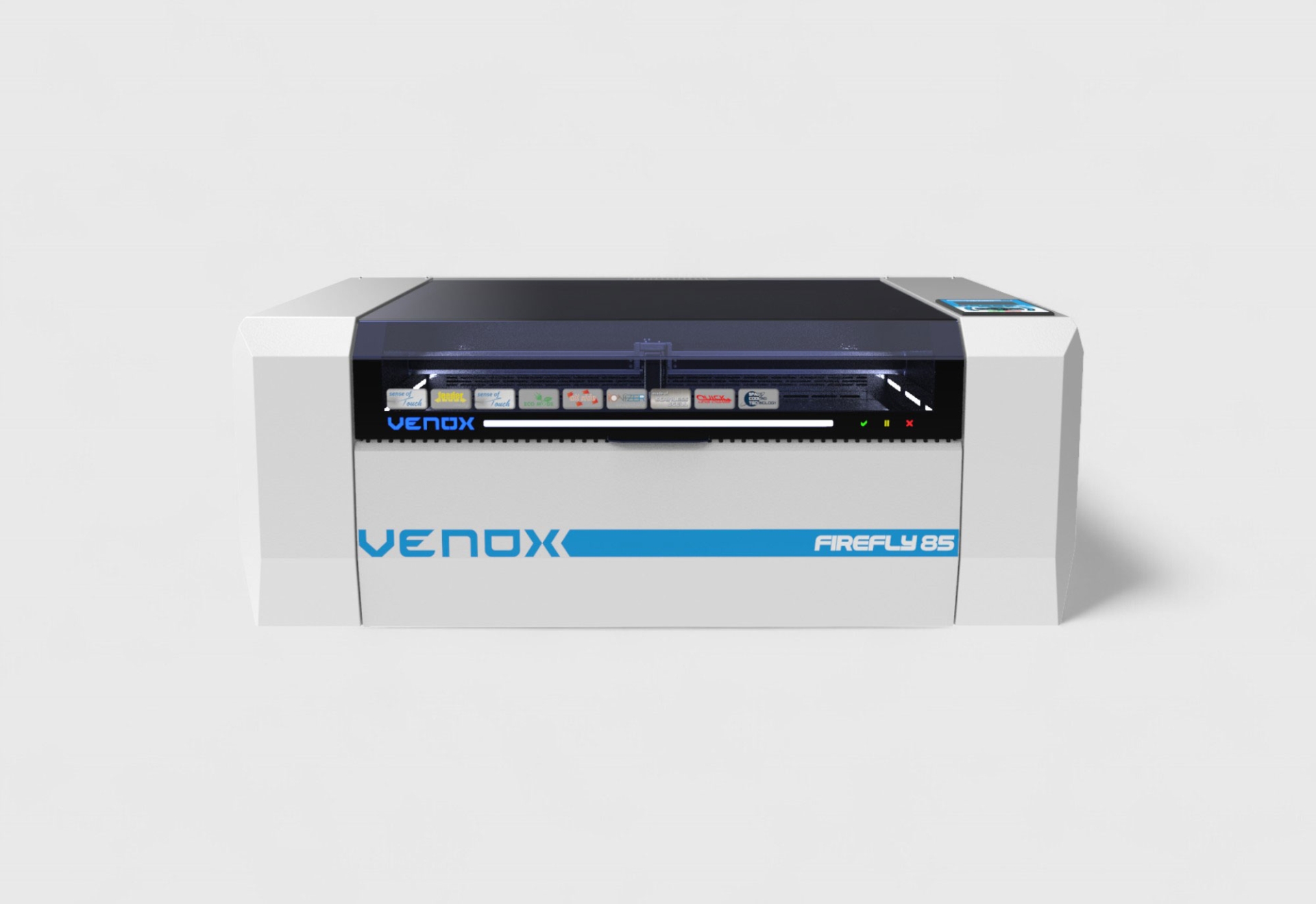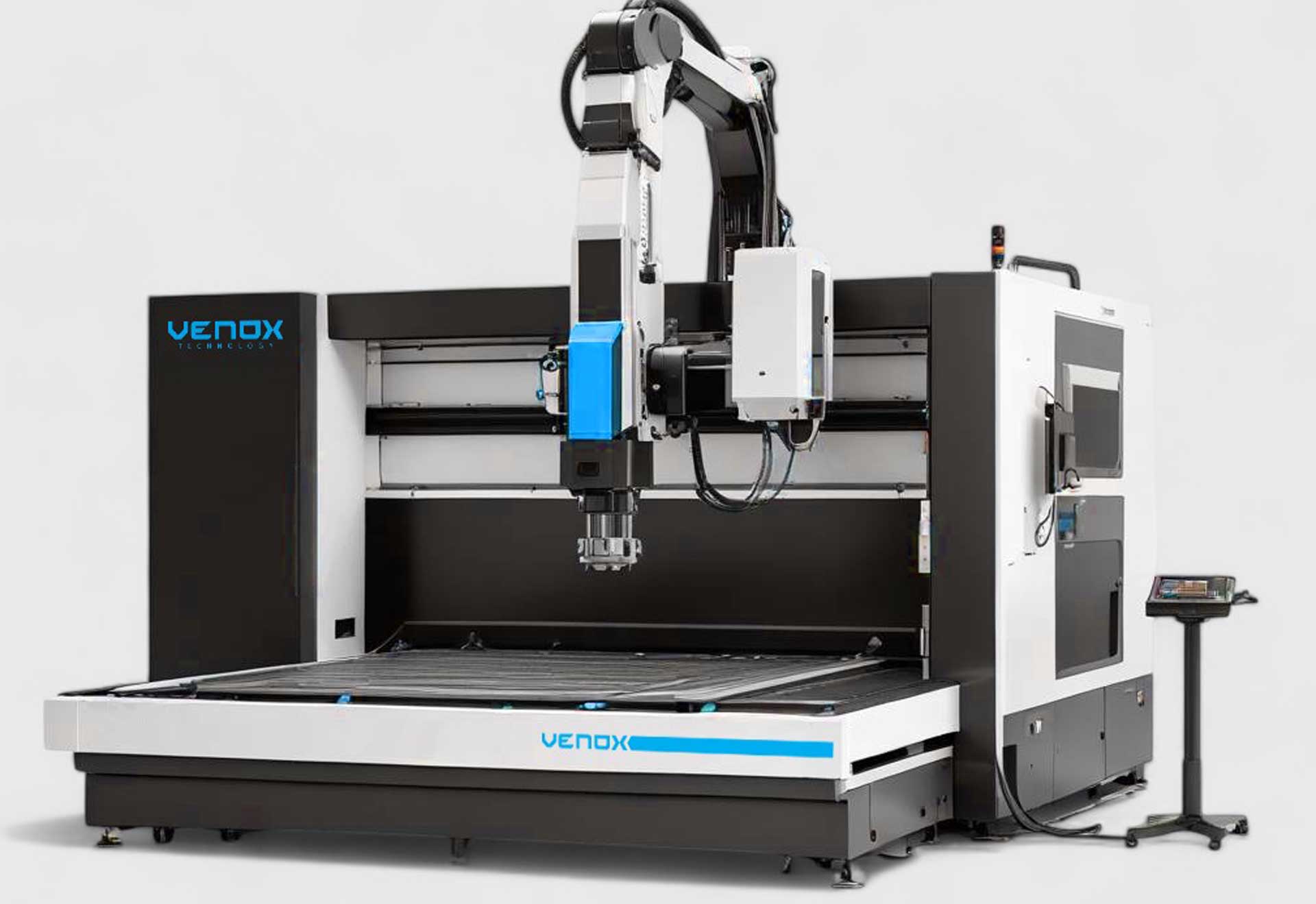Laser Marking Machines for Metal: Tips for Permanent, High-Contrast and Traceable Coding
Why Laser? Fundamentals of Durability and High Contrast on Metals
Laser marking on metal surfaces provides permanent coding that resists abrasion, chemicals and heat. In mass production, it offers high speed, low maintenance and non-contact processing for UDI/GS1 barcodes, serial/lot numbers and logo marking.
The Right Technology: Superior Metal Performance with Fiber and MOPA
Fiber laser is the primary choice for metals. With MOPA fiber, precise control of pulse duration enables annealing (black) marking on aluminum, oxidation-based contrast on stainless steel, and controlled heat input for fine results.
Material-Based Quick Guide (Steel, Aluminum, Brass, Titanium)
- Stainless Steel: Black contrast annealing with MOPA, low thermal impact.
- Aluminum (Natural/Anodized): Deep engraving or dark contrast via multi-pass scanning.
- Brass/Copper: Reflective surface; optimization of power/speed and frequency is critical.
- Titanium: Fine, dark, and stable contrast; common in medical/aerospace parts.
Optics and Lens Selection: Field Size and Spot Diameter Balance
F-Theta lenses define the marking field (e.g. 100×100, 200×200 mm) and spot size. A small spot diameter enables fine lines and high resolution, while at larger fields scan accuracy and focus stability become more critical.
Boosting Contrast: Surface Preparation and Parameter Tips
- Surface Preparation: Remove oil/film with isopropyl alcohol; check oxide or coating condition.
- Parameter Set: Power %, speed, frequency, pulse duration and hatch angle should be optimized together.
- Multi-Pass Scanning: Cross-hatching + multiple passes improves depth and uniformity.
- Cooling Intervals: Short pauses between passes prevent heat accumulation.
Black (Annealing) Marking: Premium Readability on Stainless Steel
By forming an oxide layer, a matte black finish is achieved without surface swelling. MOPA enables short pulse durations, low heat input and optimal scan density for best contrast.
Deep Marking: Wear-Resistant Permanence
For readability even after mechanical wear or sandblasting, a depth of 100–300 µm can be targeted. A high-energy multi-pass strategy is used; cooling and fume extraction are essential.
Code Quality and Verification: GS1/UDI, Datamatrix/QR
- Standardization: Quality grading with ISO/IEC 15415 (2D) and 15416 (1D).
- Vision Integration: OCR/OCV for data accuracy and rotation validation.
- Surface Texture: On glossy surfaces, fine hatch patterns reduce reflection and improve scanning.
Speed & Takt Time: Power, Hatch and Fill Strategy
To meet takt time, power-speed balance, line spacing and fill direction (alternating 0°/45°/90°) must be optimized. Fine hatch increases contrast but may extend cycle time—a balance is required.
Safety, Filtration and Workplace Health
- Class 1 Enclosure: Light-safe housing and interlock systems are required.
- Fume/Particle Management: Proper filtration (HEPA/active carbon) for metal fumes.
- CE/UL Compliance: Mandatory for operator safety and audit conformity.
Maintenance & Calibration: Routines for Consistency
Lens cleaning, galvo calibration, optical path inspection and scheduled power measurement preserve marking quality. Stocking spare lenses and filters minimizes downtime.
FAQ: “Makinaları” or “Makineleri”?
Both are commonly used; “makineleri” is standard in technical writing, but for SEO visibility the phrase “lazer markalama makinaları” should also be used naturally within the content.
Superior Metal Marking with Venox
Contact us for customized MOPA parameter recipes, vision verification and inline integration for your metal samples. View our products: Laser Marking Machines.
